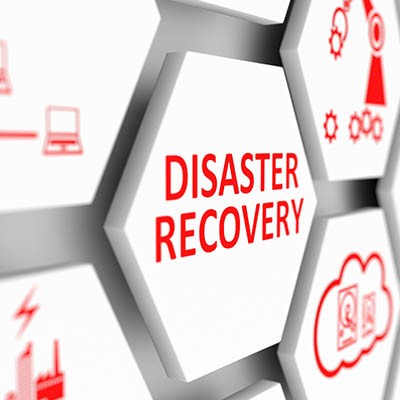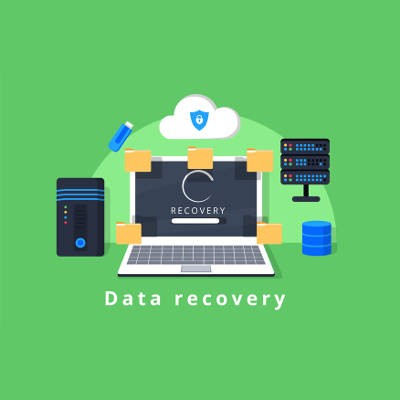You don’t need to be repeatedly told just how important risk management is. If you did, you probably wouldn’t have made it this far. One problem you see from business owners today is that while they understand just how many problems there are--and which ones they need to find solutions for first--they want to grow their company so fast that they overlook potential problems and end up hurting their business as a result. This month, we thought we would talk a little bit about contingency planning and how, if it is done right, it can have a marked effect on your business’ ability to carry-on after a problematic event.
Datalyst Blog
For the modern business, ensuring that you have contingencies in place will go a long way toward keeping you in business if disaster strikes. One of the contingencies many businesses choose to make as part of a business continuity strategy is a disaster recovery plan. Disaster recovery is more than restoring data, it can mean mobilizing people and capital against time. Let’s take a look at two of the core components of a comprehensive disaster recovery strategy, Recovery Time Objective and Recovery Point Objective.
Businesses need to be extremely careful about how they protect their interests, but just in case something unfortunate happens, you want to have measures in place to guarantee that your future is secure. To this end, data backup and disaster recovery is critical. We’ll walk you through what you need to know about implementing data backup and disaster recovery, including the best way to make it happen.
Let’s face it; nobody wants to talk about disaster recovery, as even invoking these words makes the possibility a reality. Unfortunately, this is something that has to be discussed, as your business depends on it. This might seem like hyperbole, but if you knew what is at stake, you’d likely agree with us.




